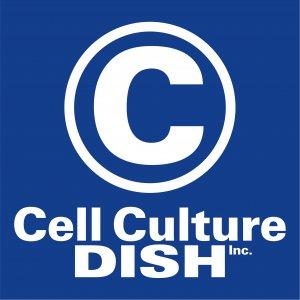Cell Culture Dish Podcast

Non-Animal Origin cell culture supplements and manufacturing aids for biologics manufacturing
In this podcast, we talked with Dr. Tobias Hertzig, Regulatory Affairs Manager and Dr. Ulrich Tillmann, Global Product Manager, Supplements and Manufacturing Aids both representing Merck KGaA, Darmstadt, Germany. We discussed non-animal origin cell culture media supplements, including regulatory advantages, performance metrics and their use in biologics manufacturing.
I began our discussion by asking Tobias if he could give us a definition of what non-animal origin means and if there was an industry-wide understanding of the term. He explained that he would love to give an industry-wide definition for non-animal origin, but unfortunately there is no industry-wide definition and there is no useful or clear definition provided by the regulators.
Next I asked Tobias if he could talk about the distinctions between primary, secondary and tertiary levels for non-animal origin. He said that these terms are used to distinguish how far away from animal origin the material is. For example, primary describes something that is not directly derived from an animal source. Secondary describes, if you use fermentation as an example, that no animal sourced media ingredients were used in the manufacture. A good example for tertiary would be a recombinant insulin where the material is recombinant, the enzyme used to cleave the protein isn’t of animal origin and the media used to make the enzyme didn’t contain any product of animal origin. It is important to note that these terms aren’t fully defined so end users need to be sure that they understand what the author means by those terms as well.
I then asked Tobias to explain why animal origin is such a big concern in the cell culture realm. He said that the primary concern is that adventitious agents could be present in animal-derived material. However, other concerns could be based on a variety of issues, including: religion, kosher/halal, or lifestyle concerns, like allergies. For adventitious agents, there is concern about zoonotic agents that could cross from animals to humans and cause disease. There are several agents known to cross species, including prions such as TSE and BSE, and also viruses. The cells themselves can be susceptible to viruses and if any viruses are detected, then the manufacturing is not GMP compliant. There are also other concerns about animal-derived materials related to the supply situation including possible import restrictions and shortages.
I asked if he could share the regulatory view on non-animal origin components. He said it is preferred to avoid animal material whenever possible, but due diligence is always required even when non-animal origin is declared. It is important to understand why the material is considered non-animal origin and to work with suppliers to ensure that your understanding of non-animal origin is the same as their definition.
We then switched gears and I asked Ulrich if he could tell listeners about which products in the SAFC® portfolio are of non-animal origin. He explained that the non-animal origin supplements in their portfolio are recombinant proteins that mirror serum sourced versions. For example, instead of Fetal Bovine Serum (FBS), you have recombinant transferrin or albumin and for growth factors you have recombinant insulin or Long® R3. There are also manufacturing aids that are now recombinant, like trypsin for example. The portfolio of recombinant supplements and manufacturing aids is offered under the CellPrime® brand, so when you see that brand you know that it is a recombinant, non-animal origin supplement or manufacturing aid.
For clarification,






 Visit Podcast Website
Visit Podcast Website RSS Podcast Feed
RSS Podcast Feed Subscribe
Subscribe
 Add to MyCast
Add to MyCast